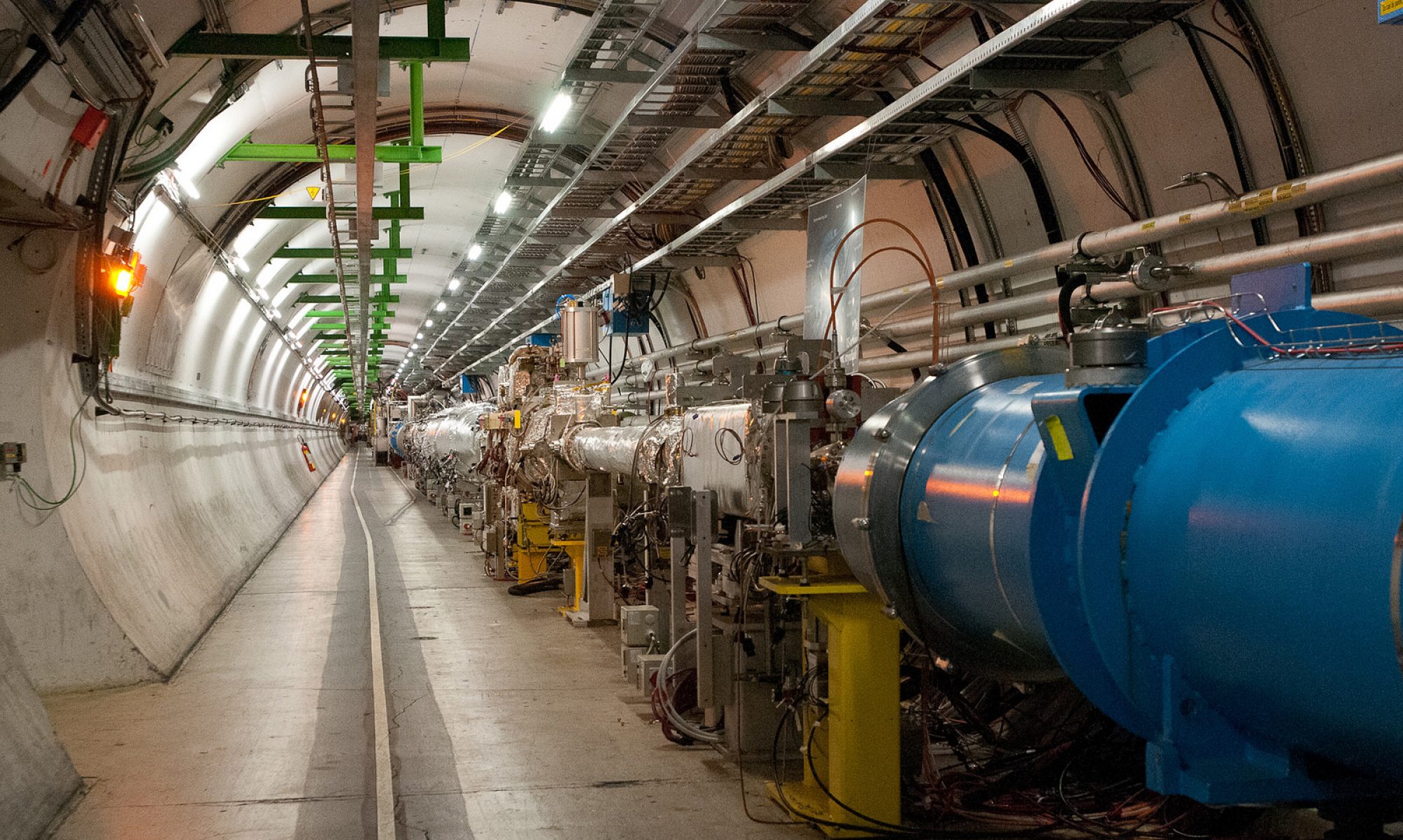Teaching PHY1308 this semester has got me thinking about electricity, magnetism, and everyday things. It is Halloween season now, and Jodi and I took the time to construct a new decoration for our house: a graveyard of famous physicists (pictures to come when it’s done). The idea for this is that people may perish, but their ideas are eternal.
We needed to light the cemetery at night, so we bought some solar-charging LED floodlights at Lowe’s for about $30. I wasn’t prepared to be impressed by them – but I just wanted some lighting that charged off the sun and cast some useful light on the gravestones at night. We were actually pretty disappointed – they shone SO weakly, for so brief a period, that we figured something must be wrong.
The answer was Amp-hours. Put simply, the batteries sold with the lights are cheap and underpowered. Jodi did some tinkering on the solar charger today and found out that the batteries were just standard 1.2 Volt (V) off-the-shelf AA batteries – three of them, to be precise, arranged in series to deliver a total of 3.6V for three floodlights. Each floodlight consists of an array (in parallel, I assume) of 3 super-bright white LEDs.
LEDs are great, low-power devices that efficiently convert electricity into light. We discussed them in my Modern Physics class (PHY3305) last semester when we talked about solid-state physics. However, the problem with these store-bought lights was not the LEDs – it was the batteries provided for them. They were 1.2V AAs alright, but they were also weak: they can store a pitiful 900 mAh (milliAmp-hours).
Let’s discuss those units for a second. An Amp (A) is the amount of charge (in units called Coulombs, C) per unit time that can be moved by the battery. This is called “electric current,” and is denoted by the letter “I”. More Amps mean more current can be moved. 1A is equal to 1C/s (one Coulomb per second), and 1C is equal to 6.25×10^{18} electrons (that’s 625 with 16 zeroes afterward – a huge number).
An Amp-hour, therefore, is the amount of current a battery can deliver in one hour, before it can’t deliver anymore. Amp-hours are just Coulombs (Amps times second is equal to Coulombs), written in a different way. More Amp-hours means more charge, and more charge means more work. More work means more light.
So our batteries were a pitiful 900 mAh. I did the math on our floodlights. Assuming they contain typical super-bright white LEDs hooked up in parallel to a 3.6V power supply (the three AA batteries), and assuming that they can dissipate a power of 100 mW (milli-Watts, or 0.001 Joules each second), that means they each draw a current of about 30mA. You can figure this out using the simple formula,
P = IV (Power = Current multiplied times Voltage)
Since they are all in parallel, the total current that they draw is the sum of the current through each LED, for nine LEDs: 9x30mA = 270mA. Since the AA batteries were only capable of 900 mAh, they could power these floodlights for about 3 hours before they drained [2].
The lights go on once the sunlight in the yard drops to a certain level. However, being in a shady part of the front lawn, the floodlights come on long before they’re actually needed. By the time they are needed, they are greatly weakened. So we had the problem of a nice idea (solar-charging LED floodlights) coupled with weak batteries that left the lights too dim by the time they were really needed.
So we upgraded. We replaced the cheap-o 900 mAh batteries with 2500 mAh “heavy duty” AA batteries (also rechargeable). Now, for the same current draw we can run the lights for about 8-9 hours before the batteries run dry. This setup easily covers that period between dusk and dark that before was leading to significant drain on the system.
The results speak for themselves; tonight, when we walked out to look at the graveyard, it was easy to read Einstein’s and Maxwell’s headstones! A little physics will take you a long way.
[1] http://www.theledlight.com/technical1.html
[2] Since the floodlights did NOT include specs on the LEDs, I have to assume that these are 100 mW LEDs. They may, in fact, be more like 1W LEDs (those found in commercial flashlights). In that case, their current draw is more like I = (1W)/(3.6V) = 278mA, or about 300 mA – ten times more current! Under those conditions, 900 mAh batteries will last a mere third of an hour! Presumably, the truth lies somewhere in the middle, closer to P=0.1W.
